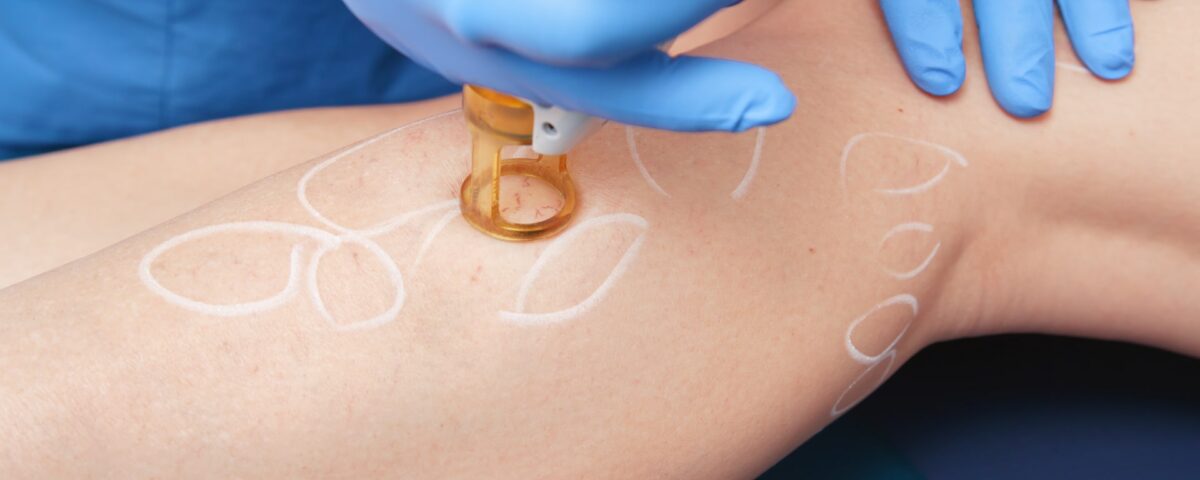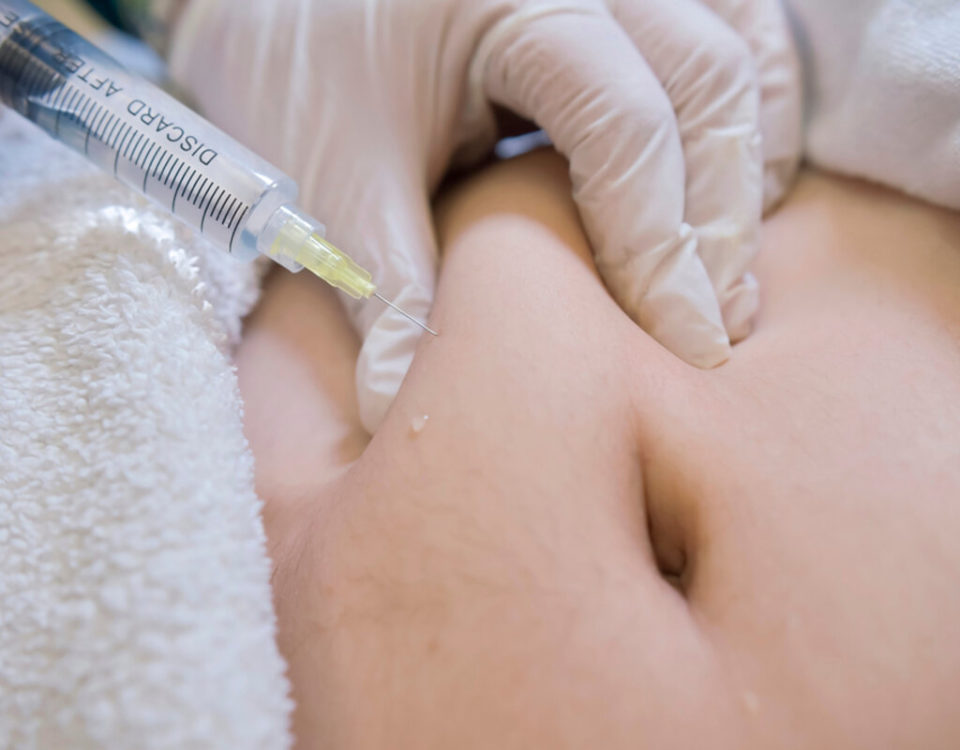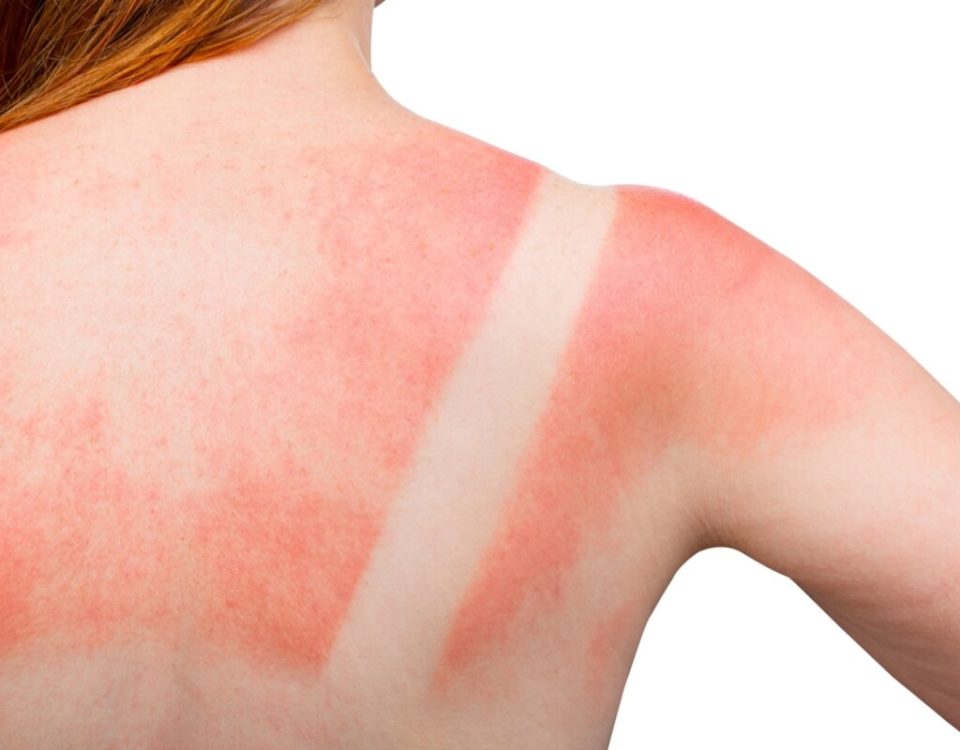
How to Transition From a Winter to a Spring Skincare Routine
May 3, 2022
Things to Consider Before Tattoo Removal
June 5, 2022Estimates vary wildly, but spider veins are a common condition among adults. They seem to come out of nowhere and tend to get worse with age.
It is natural to be alarmed when you notice spider veins and other skin conditions, and it is prudent to learn more about the condition and get professional medical help. Here is a comprehensive guide that covers a few of the most common questions about spider veins.
What Are Spider Veins?
Spider veins is a condition that affects the veins beneath the skin on the face and legs. The condition causes individual or multiple veins directly beneath the skin to bulge, giving the appearance of thin, discolored streaks of lines on the face or legs. Interestingly, the veins appear twisted and interconnected like a spider’s web, hence the term spider veins.
Spider veins are discolored and may appear blue, purple, and red. They are usually not painful, but they can feel uncomfortable and give an unsightly appearance. Fortunately, spider veins don’t pose a health risk, albeit they may be symptoms of underlying health issues.
It is worth noting that spider veins are most common among older adults. The condition is also more common in older women than men.
What Is the Difference Between Spider Veins and Varicose Veins?
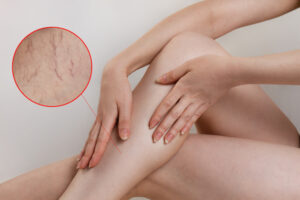
Spider veins and varicose veins (and some other vascular lesions) are very similar in appearance, and they are both categorized under a condition called venous insufficiency. However, varicose veins tend to be larger in appearance compared to spider veins. More notably, varicose veins can cause blood clots and other problems with the circulatory system.
Spider veins are mostly harmless. However, varicose veins are characterized by a range of painful and uncomfortable symptoms, including:
- Pain
- Bleeding
- Itching
- Swelling in the legs and ankles
It is advisable to consult a doctor as soon as you observe strands or clusters of veins under the skin on your face and legs. However, it is prudent to respond more urgently if the veins are painful or exhibit any of the symptoms listed above because varicose veins pose a health risk.
What Causes Spider Veins?
Spider veins in the face occur when the veins beneath the skin burst, which can be caused by increased blood pressure and sun damage. They occur in the legs when the valves in the veins beneath the skin’s surface stop working properly, causing blood to pool inside the veins and making them bulge.
Several risk factors can also increase your risk of developing spider veins, including:
- Sex (spider veins are more prevalent in women than men)
- Pregnancy
- Old age
- Overweight
- Sedentary lifestyle (sitting for prolonged periods)
- Sun damage
- Blood clots
- Sun damage
Genetics are also a risk factor for developing spider veins. Research shows a history of spider veins in the families of 90% of affected patients.
Are Spider Veins Treatable?
Yes, spider veins are treatable and manageable. Here is an overview of the most efficient treatment and management options:
#1. Laser Treatment
Laser treatment uses a spectrum long-pulsed yag laser to reduce and get rid of spider veins and other vascular lesions. Spider veins are treatable using laser if they meet the following two conditions:
- They must not exceed three millimeters in size.
- They must be located close to the skin’s surface (essential for laser resurfacing).
Several spectrum long-pulsed yag laser treatment options for spider veins exist, and their approach to treating the condition varies. However, they all are based on the same concept: exposing the vein to a strong beam of light (laser), making it dry up or clot and eventually disappear over time.
The spectrum long-pulsed yag laser resurfacing treatment is efficient. The procedure is also usually quick, but the spider veins may take some time (ranging from several months to a year) to disappear.
Endovenous laser therapy (EVLT) is the most efficient laser treatment for spider veins. It involves exposing the vein to extreme heat from the inside, making it dry and collapse. The vein then dissolves into the body and disappears over a period ranging from several months to a year.
It is worth noting that EVLT is also effective against varicose veins and certain other vascular lesions. The doctor may also recommend laser resurfacing for a better cosmetic appeal.
#2. Surgery
Surgery is rarely recommended for treating spider veins because they are small enough to remove through other non-invasive treatments. However, it is effective against varicose veins.
#3. Sclerotherapy
Sclerotherapy is a minimally invasive alternative to laser treatment. It involves injecting the spider veins with an irritant that causes them to shut down, collapse, and dissolve over time.
Sclerotherapy is closely similar to another treatment option known as the closure system. The closure system entails injecting a sticky substance into the affected veins. The substance occupies the veins, blocking off blood supply and making them fade and disappear over time.
#4. Compression Socks/Stockings
Compression socks and stockings help improve blood flow in the legs, thus reducing the amount of blood pooled in the spider veins. They also help conceal the appearance of spider veins and other vascular lesions. As mentioned earlier, your doctor may recommend compression stockings after sclerotherapy or the closure system.
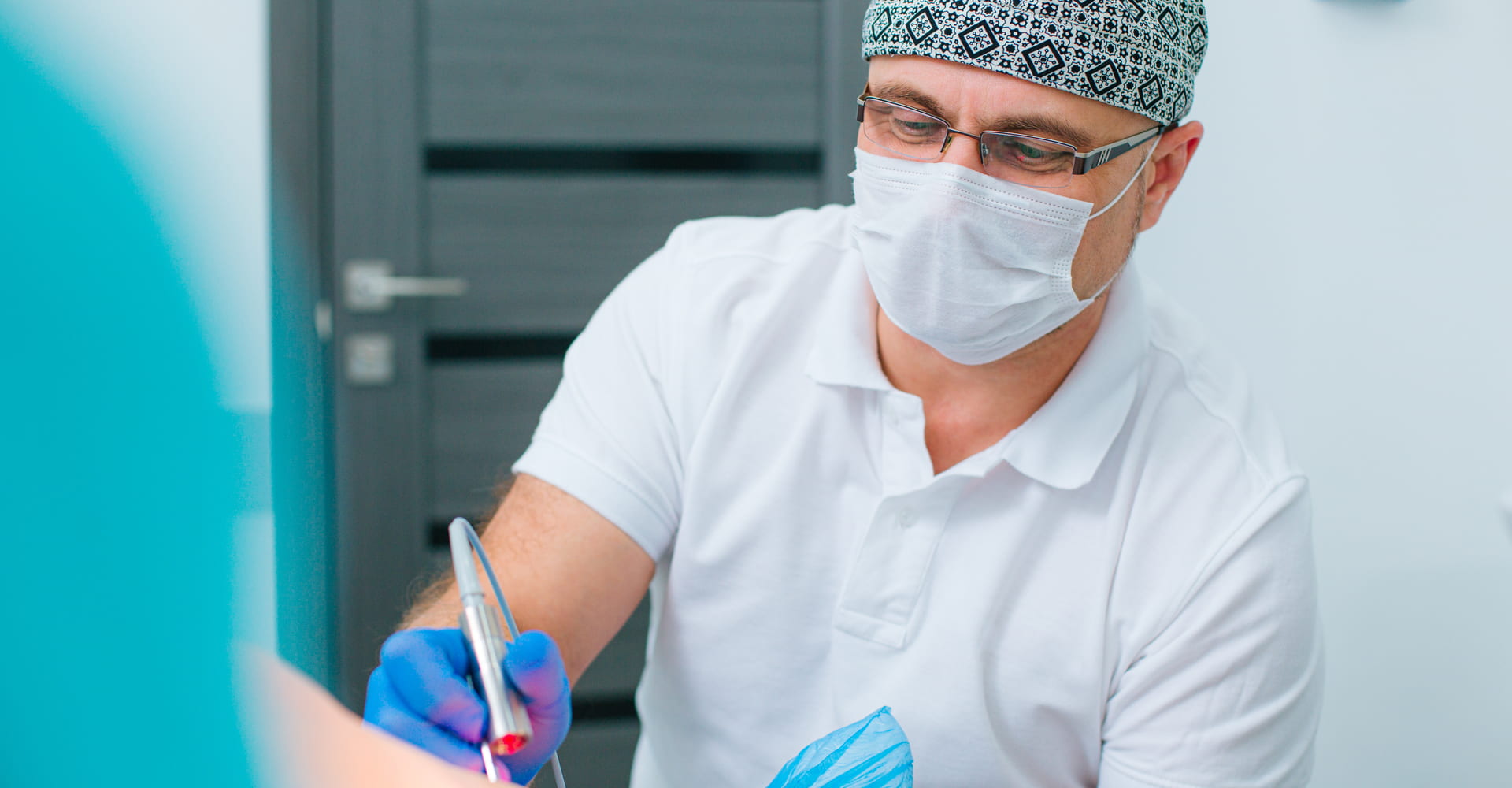
How Can I Prevent Spider Veins?
Most of the causes and risk factors of spider veins and vascular lesions are controllable, meaning that the condition is preventable. Here are some tested and proven ways of preventing spider veins:
- Always apply sunscreen or wear protective clothing when spending time outdoors to avoid exposure to harmful UV sun rays.
- Stay fit and active through exercising and avoid sitting for prolonged periods.
- Avoid wearing tight clothing – however, it is recommendable to wear compression socks as soon as you observe spider veins starting to develop.
- Avoid excessive consumption of alcohol and adopt a positive lifestyle by eating healthy food and exercising regularly.
- Elevate the legs regularly when seated to prevent blood from pooling, and avoid using saunas and hot tubs too much.
It is also recommendable to see a dermatologist regularly if you are susceptible to skin conditions or if your family has a history of spider veins. A dermatologist will recommend ways of preventing the condition, and an early diagnosis will make the condition easy to treat.
Spa MD removes spider veins through laser resurfacing using the best expertise and equipment. Laser resurfacing is non-invasive and painless. More importantly, it is effective, and it will leave your skin looking and feeling rejuvenated. Get in touch today to learn more about how we can help.
New Clients:
$35 deposit for all new clients
Cancellation/No Show Policy:
$35 fee for all no show, no call and any cancellations less than 24hrs before the start of your appointment.Any prepaid services will be forfeited.
Call us at +1(651)222-4490
Email us at SpaConsultantsMD@gmail.com
or, Schedule a free consultation
We are located on the main level inside of the Blair Arcade Building. We validate parking in the lot connected to the building off of Selby. Be sure to bring your ticket in with you!
Business Hours:
Monday: 9:00am - 8:00pm
Tuesday: 9:00am - 5:00pm
Wednesday: 9:00am - 8:00pm
Thursday: 9:00am - 8:00pm
Friday: 10:00am - 5:00pm
Saturday: 9:00am - 2:00pm (3 Saturdays per month- please call or email for more information)

